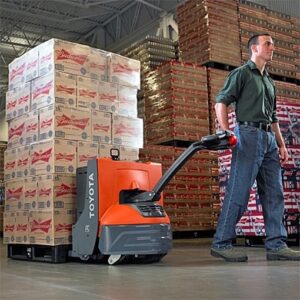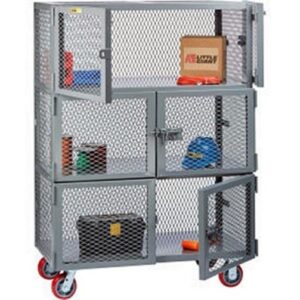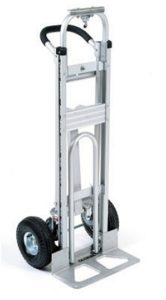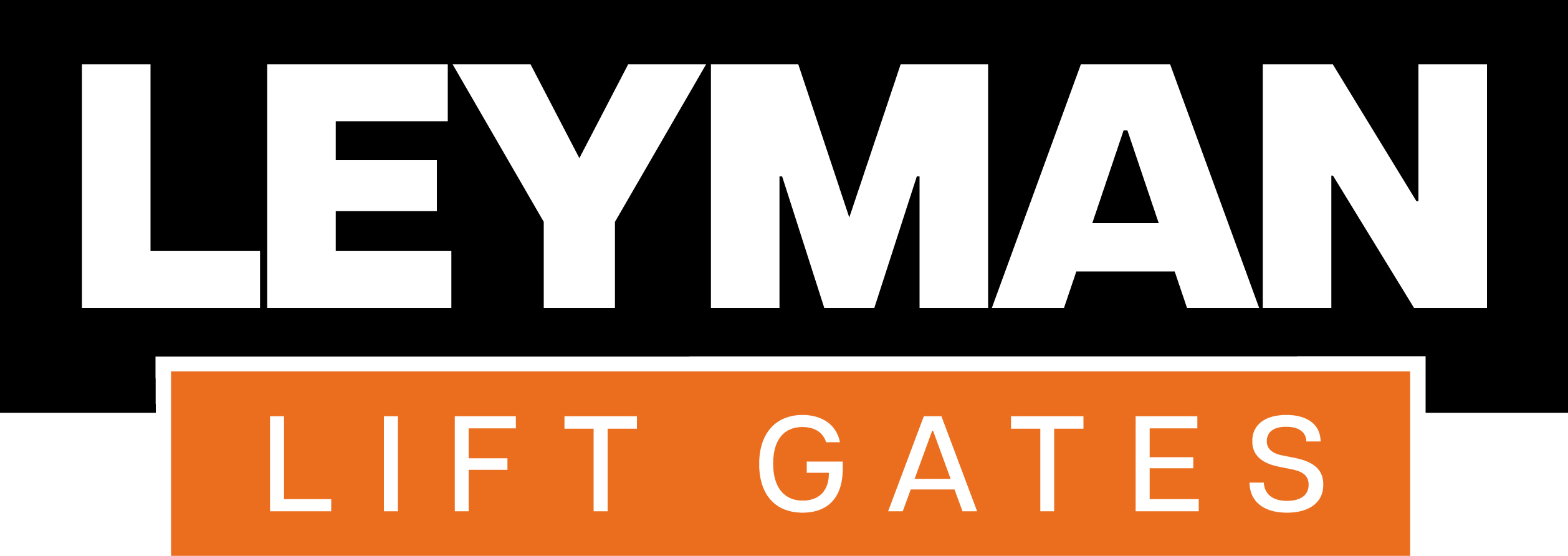
How to Choose and Pick the Right Lift Gate for Your Needs
What are you delivering: Size and weight? You must determine how much space you will need when loading or unloading and how heavy your heaviest load is, even if it’s only once. After this is determined then you can figure out weight and platform size of the gate.
What type of delivery vehicle: Will you be delivering using trailers, trucks, flatbeds, refrigerated, dry, a combination of vehicles, and so on. You may have to use different types of gates for different vehicles.
Will your loads and deliveries change: Plan ahead. Can or will your deliveries change soon? One thing many people do is pick a gate that fits their needs now and then 2 years later they will change or add a new customer only to find out that they have different needs and now you must change or buy new equipment to fulfill those needs.



Dock Locks: Will you or your customer be using dock locks? There are certain lift gates that will and will not work with dock locks. Some will allow for only certain styles of dock lock, while others won’t but still can be used at the dock. Some companies offer rail gates that cannot be used with dock locks unless using limited or smaller platform depths. Also keep in mind that with some installations, a lift gate can add up to 16” to how far the gate is away from the dock. The dock lock may have been positioned for vehicles without lift gates.


Power needs to run the lift gate: Now you need to determine power needs to run the lift gate. Batteries, sure power, and so on. Talk to your lift gate manufacturer for help in these needs.
Charging System for Batteries: If you plan to use batteries (which most people do) you need to determine how you will charge these batteries throughout your daily deliveries. There are several different ways to charge the batteries and several different considerations on how many batteries you will need. Some considerations include weather and climate, number of lifts, whether the gate will be used for unloading only or both loading and unloading, distance between stops (charging time), and so on. These will all determine how many batteries you will need and how to charge them. There are several people you can talk with on these needs starting with the lift gate manufacturer.
Talk with the trailer/body manufacturer: Once you have decided what gate(s) you need talk with the trailer or body manufacturer. They can build the vehicle to have the gate mounted correctly. One thing you don’t want to do is order the vehicle and then find out that you must make a lot of alterations to the vehicle to have the gate mounted. This is adding un-necessary cost.
Try to talk with other people: Try talking to other people with as many different type manufacturers of lift gates as possible. Find out strengths and weaknesses on each one. Talk to drivers and mechanics on what they think and need.
Meet with each company: Meet with each company and discuss your needs and show them your operation. Tell them the special needs that you have and get your mechanics and drivers involved to see what their concerns may be.
Final Analysis: Have a group meeting with all parties involved. Lift gate manufacturer, trailer body manufacturer, refrigeration company, battery supplier, charging companies, and so on. Having everyone present will get an understanding on both sides what must be done to meet your needs. This will give you the best start and operation.
Larry Disque
Technical Service Manager
Leyman Lift Gates
